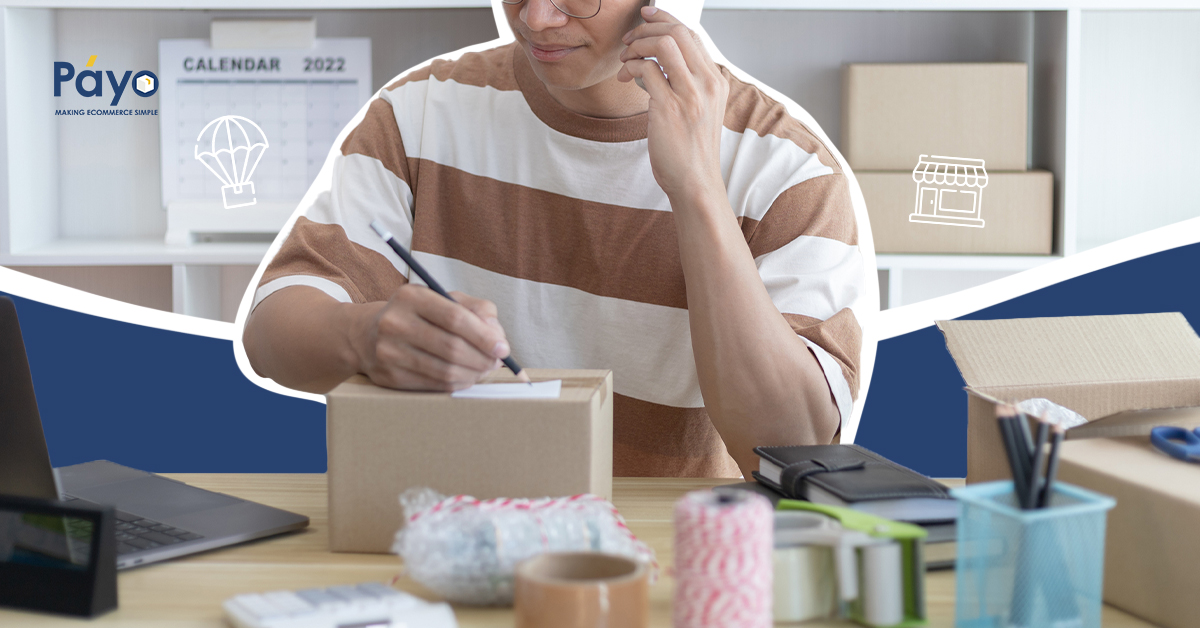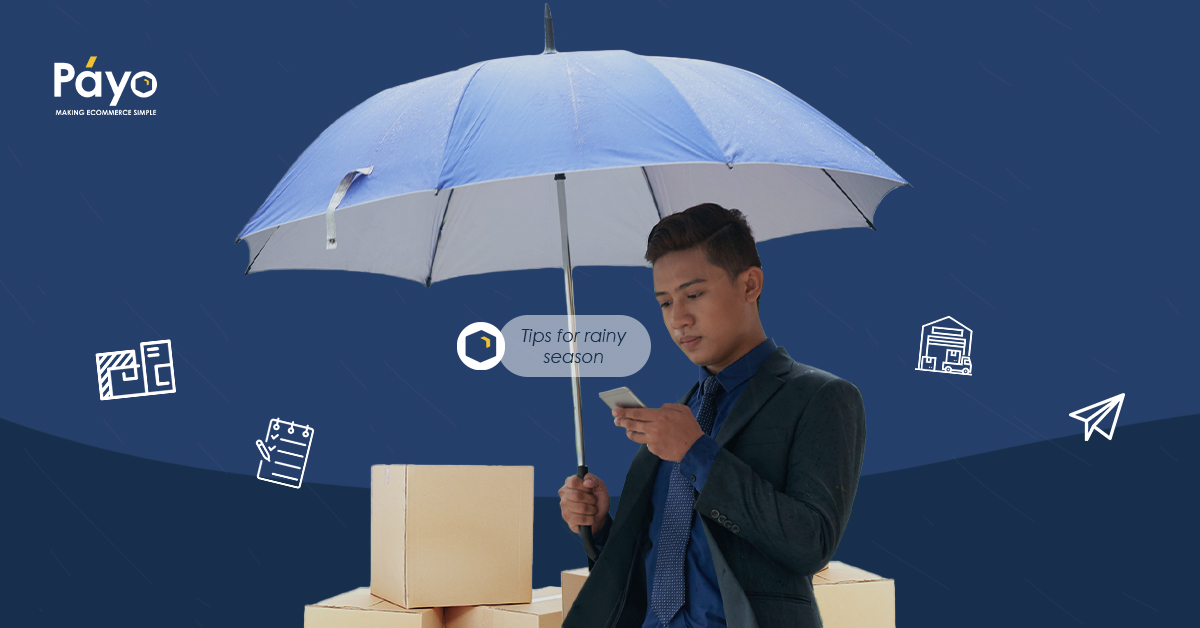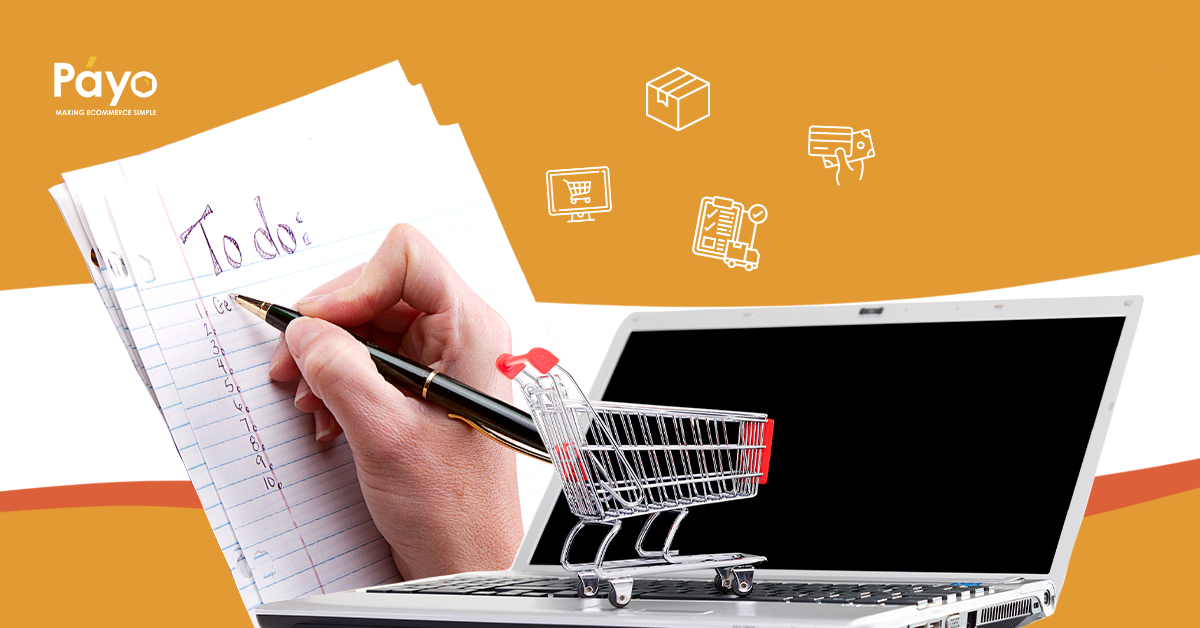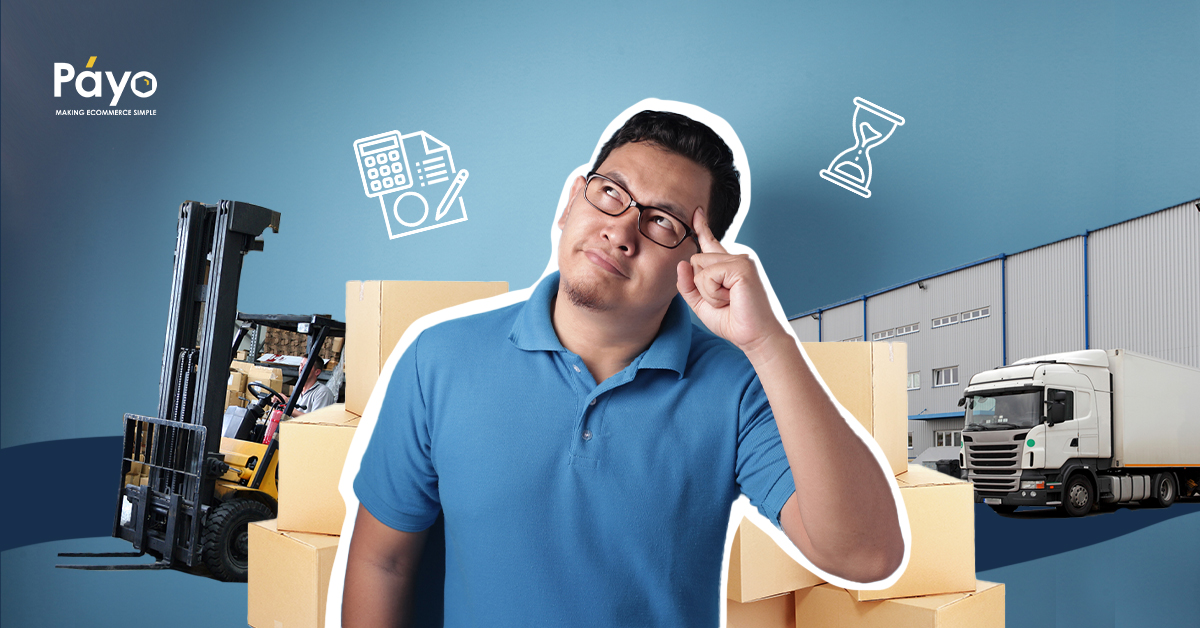The growth of E-commerce has been unstoppable worldwide. This is evident from the thousands of online stores and platforms that have sprung up — making the competition among merchants even more intense. If you’re a merchant trying to take your store to the next level, what does it really take to spell success in E-commerce?
Becoming a successful online store owner doesn’t happen overnight. But to help you jumpstart your journey, E-commerce enabler Payo has listed down some traits you should have to succeed. Afterall, success is dependent not just on your products or services, but also on the way you handle your business.
They are customer-centric
E-commerce merchants who have made a name in the industry have kept this in mind: you should always look out for your customers. As an online store owner, treating your customers well should be one of your top priorities.
Unlike brick-and-mortar shops, you don’t usually interact with your customers in person when running an online store. So how can you put them first? By giving them a seamless experience and providing them services that add value to their lives. This will help you build relationships with them and give your store an edge.
They embrace their creative side
Successful online store owners are not afraid to think outside the box. Stand out from your competitors by unleashing your creative side when it comes to the way you market your products. This can come in the form of a promo, a witty social media post, or a campaign for your brand’s anniversary, to name a few. There are a lot of businesses out there, so you’ll want to make sure that yours is memorable.
Also, experiment with how to reach your target audience. Creating an omni-channel approach can help you connect with more of them in the long run. Whatever strategy you are planning to execute, remember that embracing your creative side can be a huge plus for your business.
They are confident online sellers
Being your own biggest fan will catapult you to greater heights. Successful online store owners are confident enough to make the right decisions for their business. And you, too, should trust yourself so you can put your valuable traits to good use. Your confidence will positively affect your business. And as you gain more confidence and knowledge in the business, you’ll be able to grow your network and stay on course even when things are not going your way.
They are open to change
Another trait that successful online store owners have is being open to change. They are willing to try new approaches that they feel are suitable for their business. And instead of giving up when something does not work out, they go back to the drawing board and try a new approach. They don’t see failure as a setback – they see it as an opportunity to take a good, hard look at where they went wrong and learn from it.
They are highly adaptable to circumstances
Part of trying new things is adapting to the changes in the E-commerce industry. Whether it’s a major industry shift or a new approach in doing business, successful online store owners know how to be flexible when the situation calls for it. They always keep an open mind to new technologies, content ideas, and strategies – all to give their customers the best shopping experience ever!
These are just some of the characteristics successful online store owners should have. Chances are, you already possess a few of these traits. But if you feel like you still need help with building your E-commerce empire, then you should partner with Payo!
Payo can help you optimize your marketplace, utilize multiple warehouses, automate your processes, and even, provide you with a dependable fulfillment service! All you need to do is sign up now or message us at [email protected] so we can assist you with anything and everything E-commerce.
Get one step closer to being a successful online store owner with Payo!


















